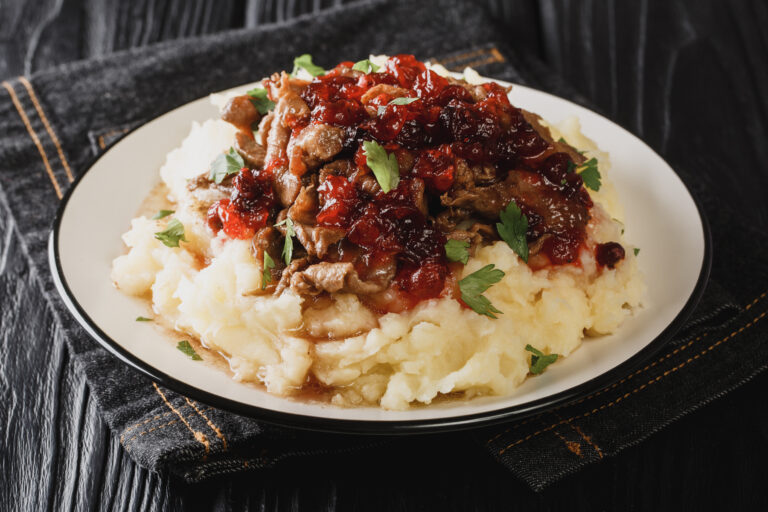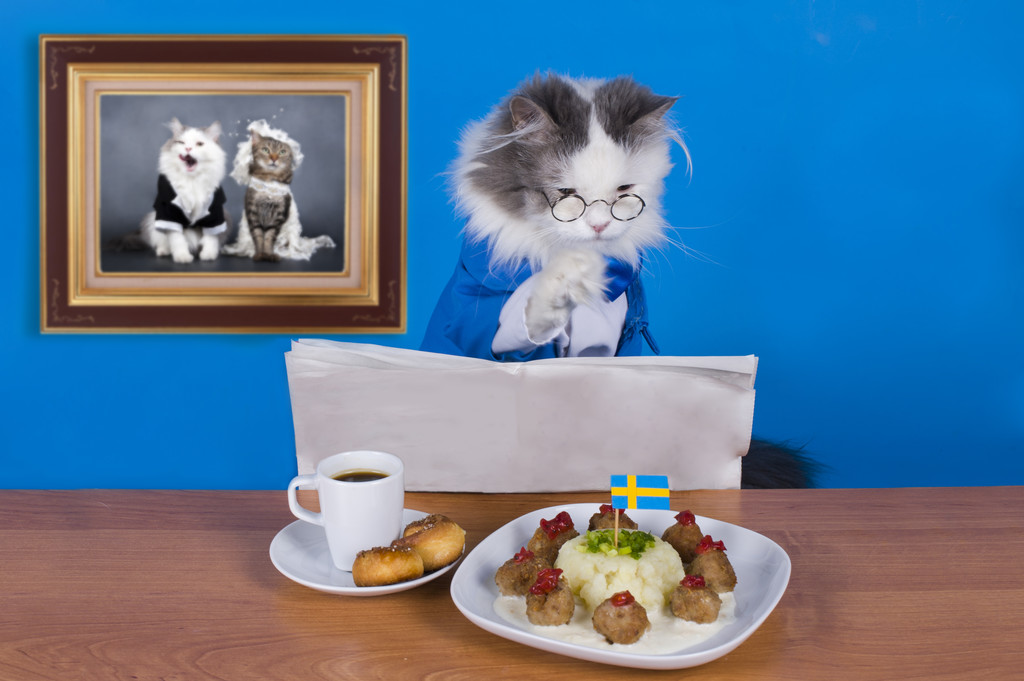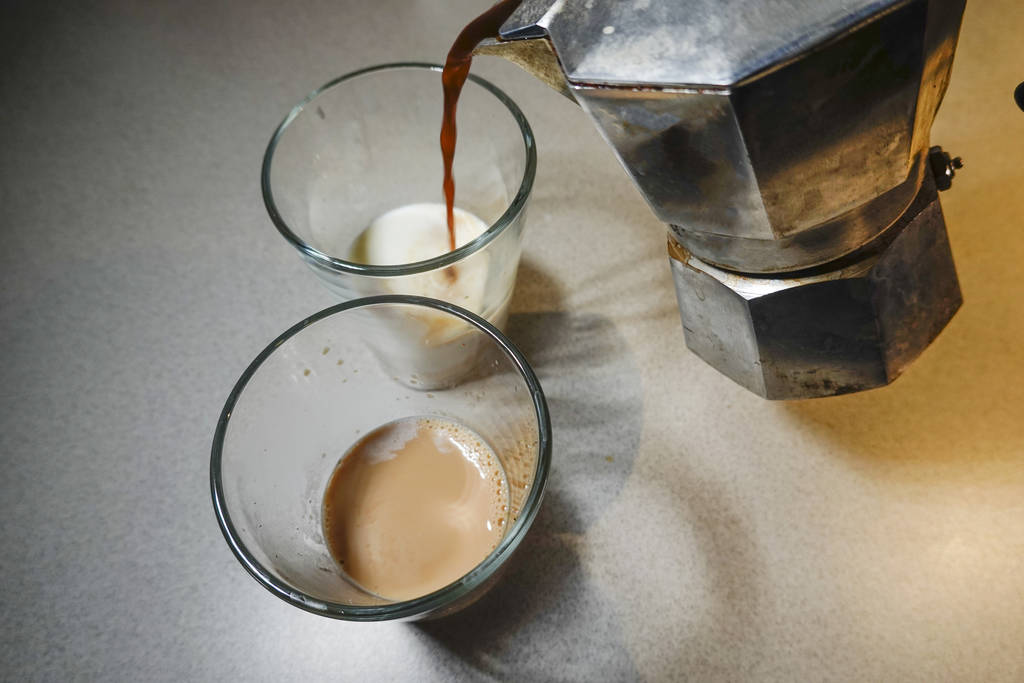Introduction to street food in Sweden
Street food has become increasingly popular in Sweden in recent years. Food trucks and street food vendors can be found in cities and towns across the country, offering a variety of international and local cuisine. Street food can be a convenient and affordable option for those who want to grab a quick bite to eat on the go.
Regulations governing street food in Sweden
The Swedish Food Act regulates all food production and sales, including street food. Street food vendors are required to have a permit from the municipality or county administrative board. The permit ensures that the vendor has met all health and safety requirements, including proper food handling, storage, and preparation. Vendors are also required to display their permit and follow the regulations outlined in it.
Examining the hygiene practices of street food vendors
To ensure the safety of consumers, street food vendors must follow strict hygiene practices. This includes washing their hands regularly, keeping their work area clean, and properly storing and handling food. Many vendors also wear gloves and hairnets to prevent contamination. Customers should look for vendors who follow these practices and avoid those who do not.
The risks associated with consuming street food in Sweden
Consuming street food does come with some risks. There is a possibility of foodborne illness if the food is not handled or prepared properly. However, this risk can be minimized by choosing vendors who follow proper hygiene practices and ensuring that the food is cooked thoroughly.
How to identify safe and clean street food vendors
Consumers can identify safe and clean street food vendors by looking for those who have a permit displayed and who follow proper hygiene practices. Vendors who have a clean work area and use gloves and hairnets are also good indicators of safe food preparation. Consumers should also consider the popularity of the vendor – if their food is in high demand, it is likely that they have a good reputation for cleanliness and safety.
Conclusion: Is street food safe to eat in Sweden?
In conclusion, street food in Sweden can be safe to eat if consumers take the necessary precautions. By choosing vendors who have a permit, follow proper hygiene practices, and cook their food thoroughly, consumers can minimize the risk of foodborne illness. While there is always some risk associated with consuming street food, with a bit of caution, consumers can enjoy the convenience and variety of this popular food trend.





